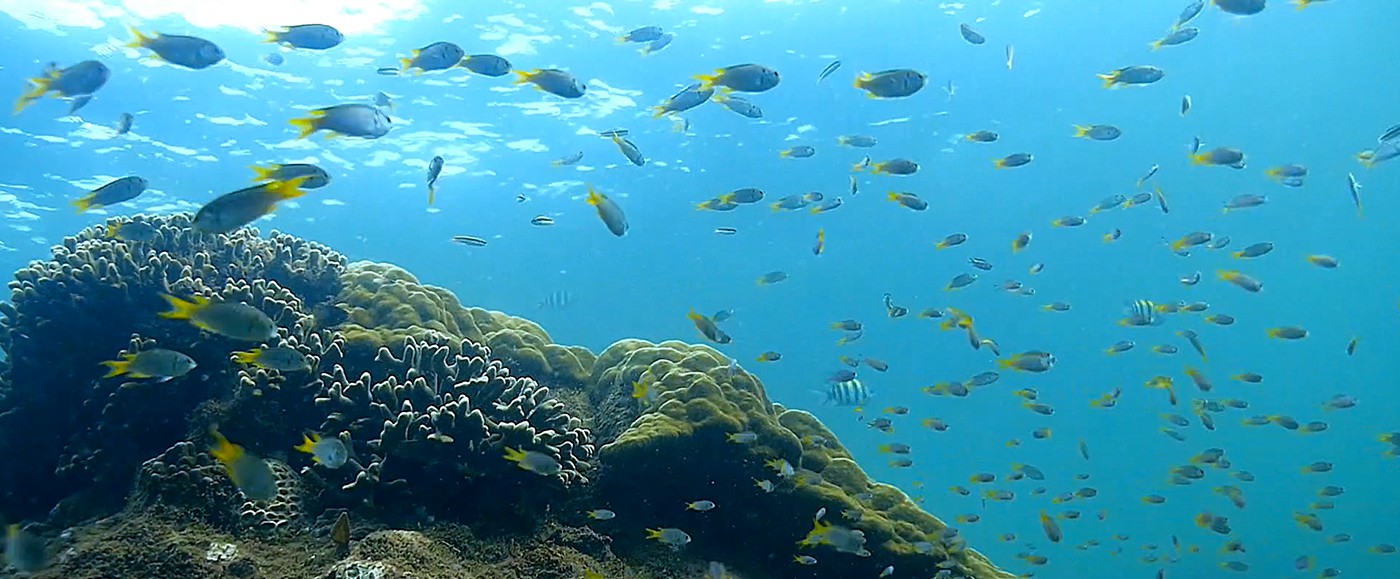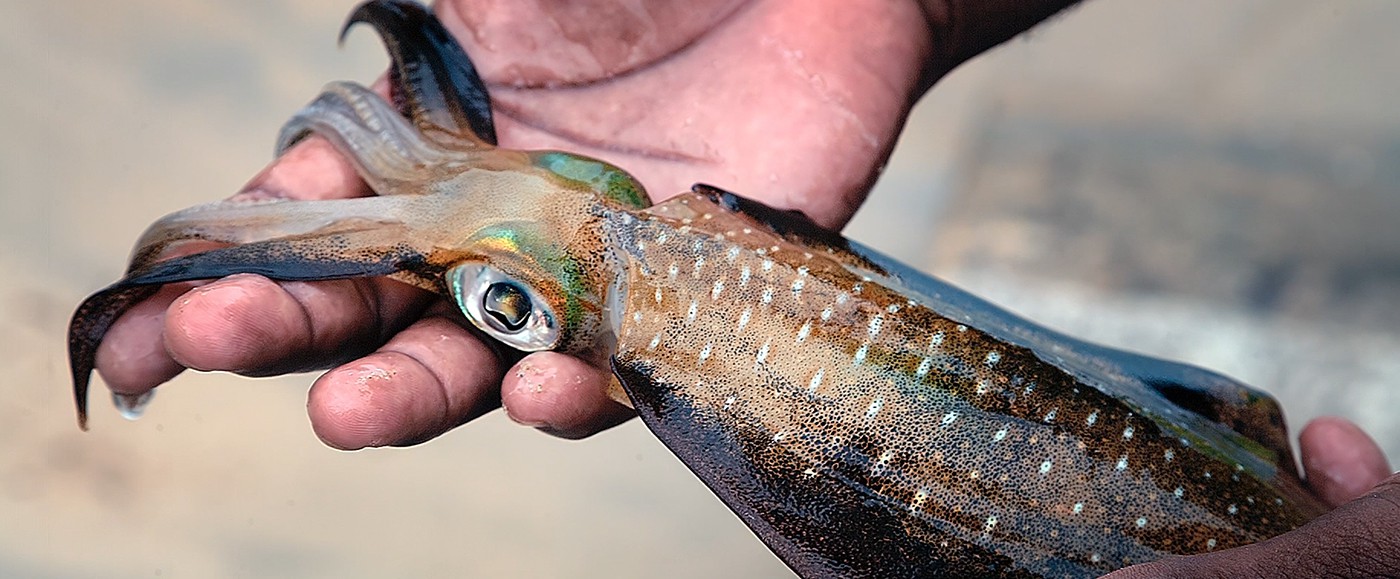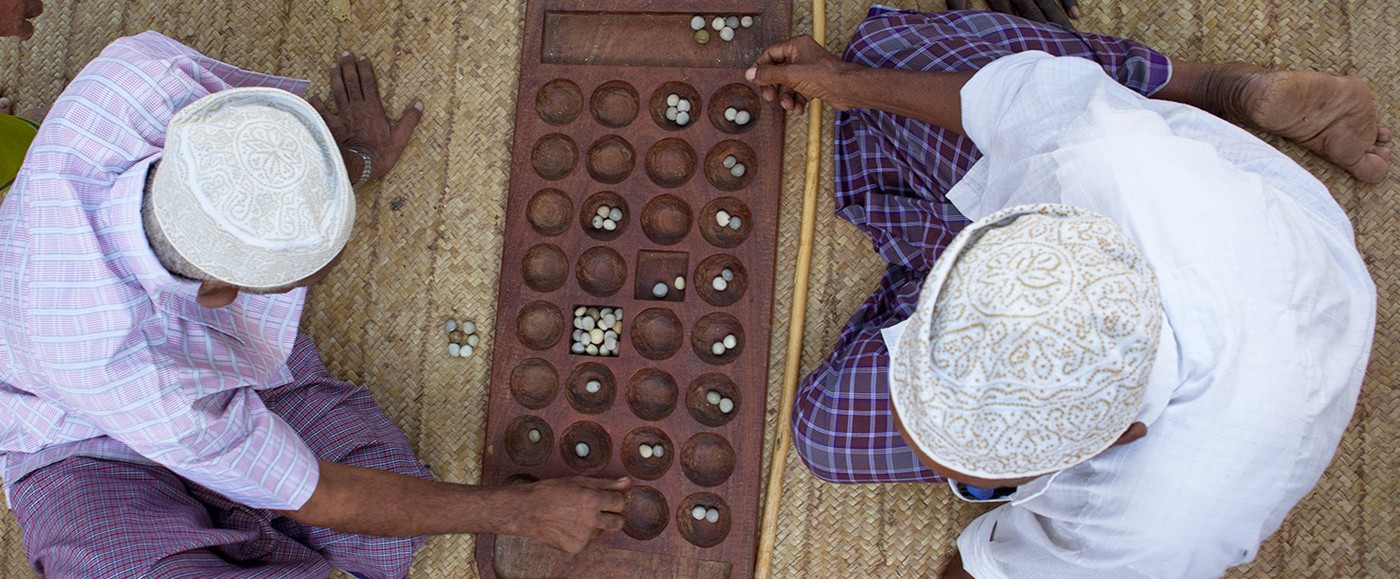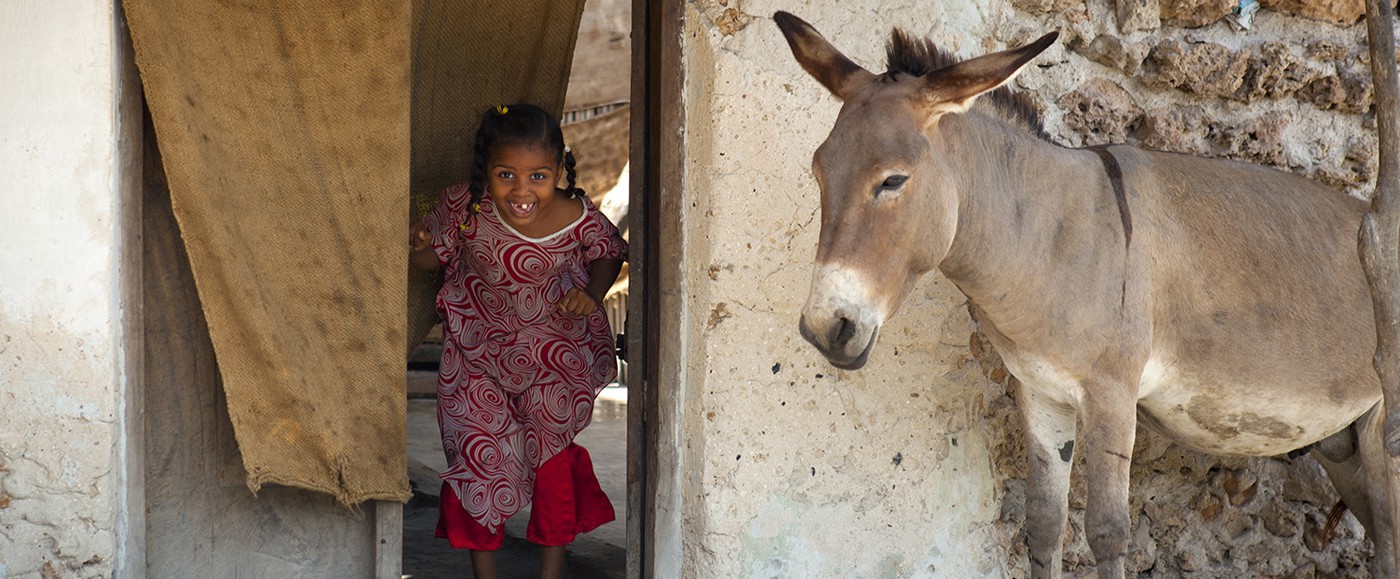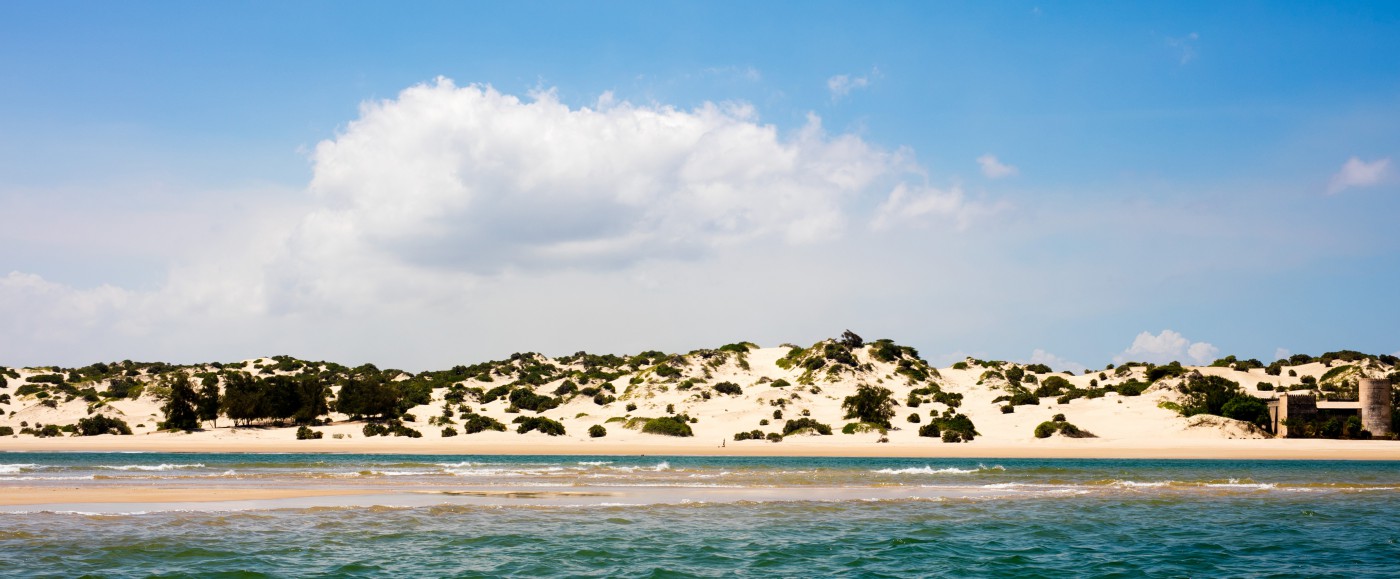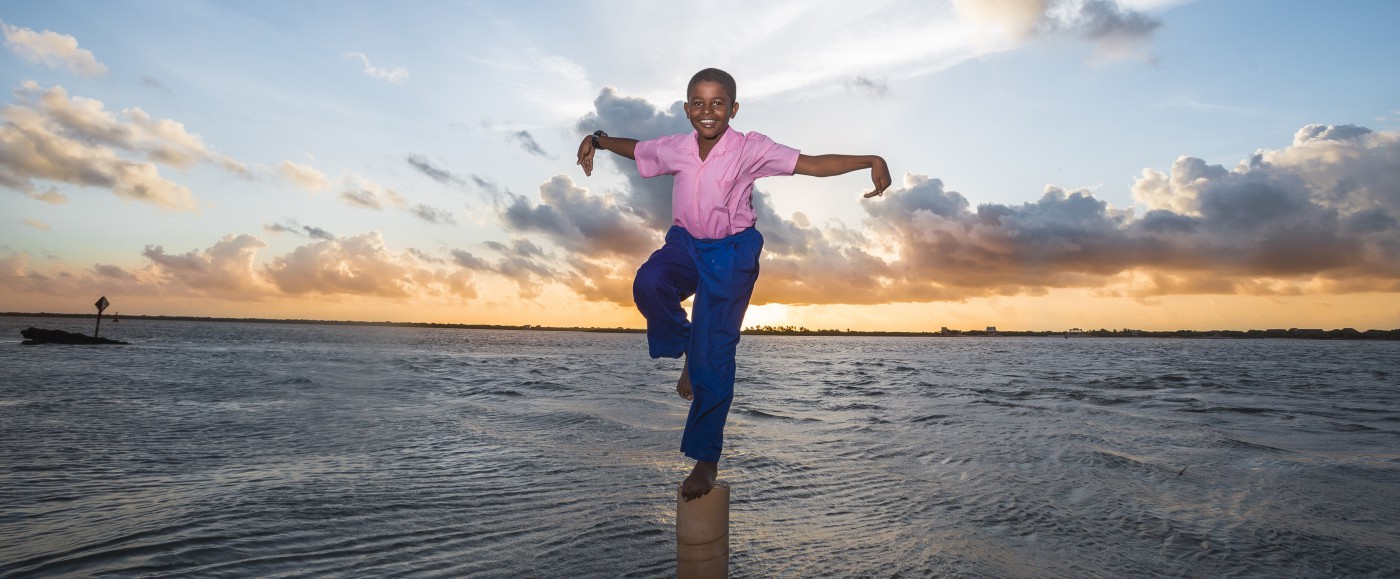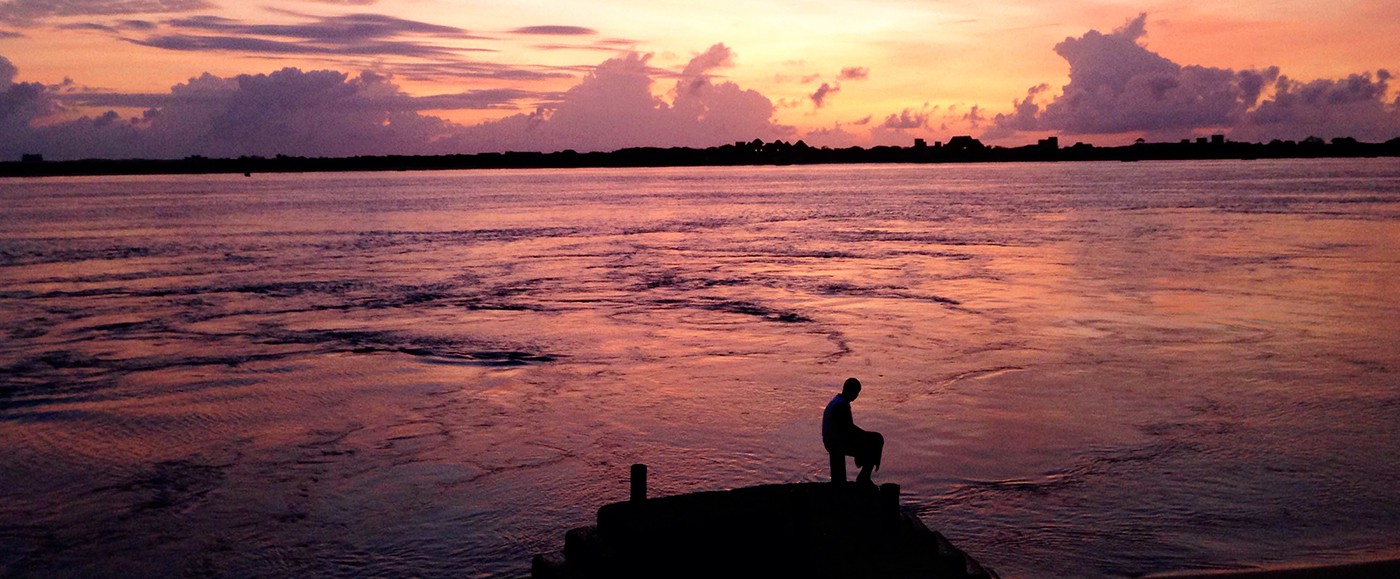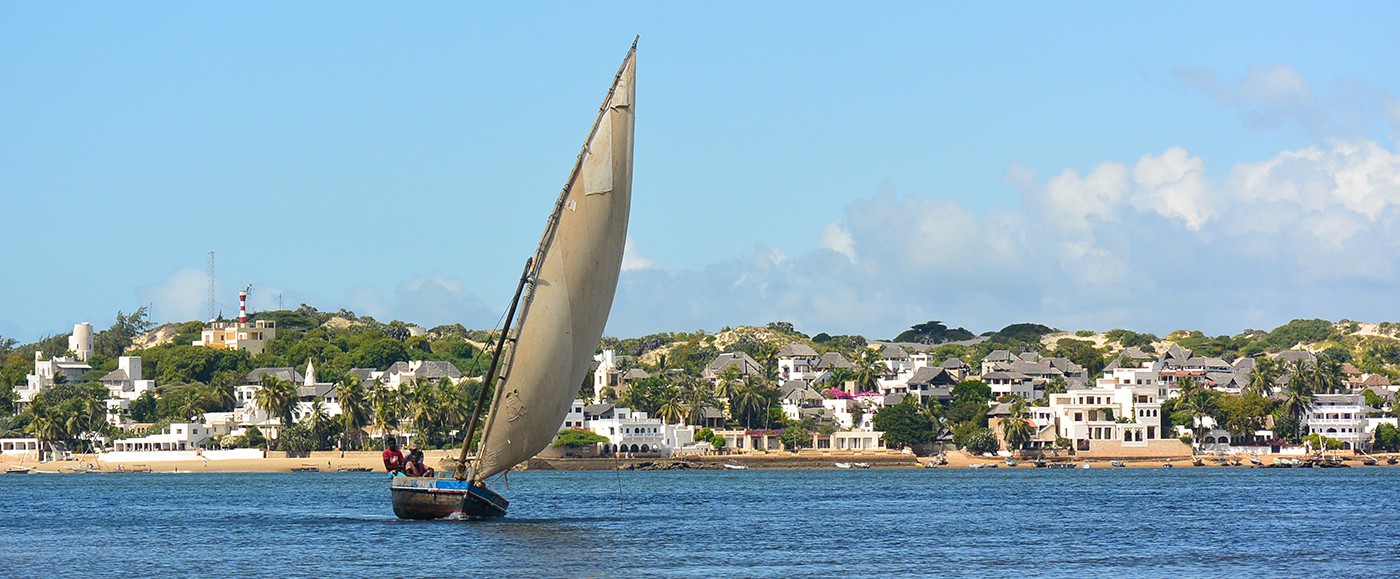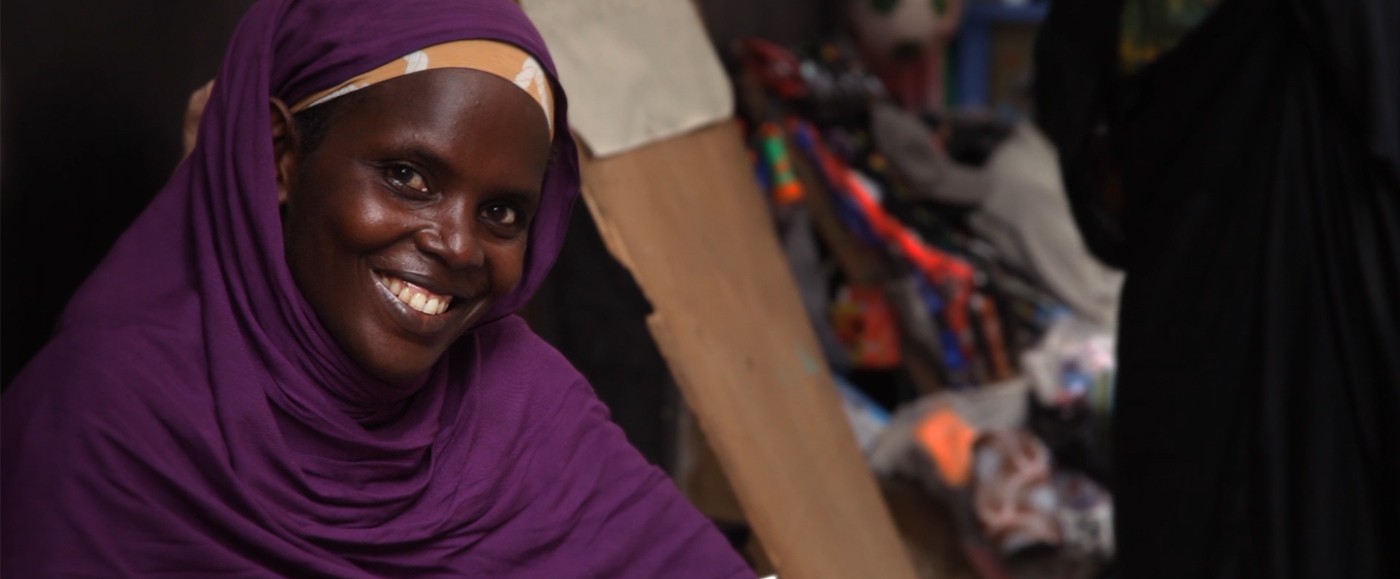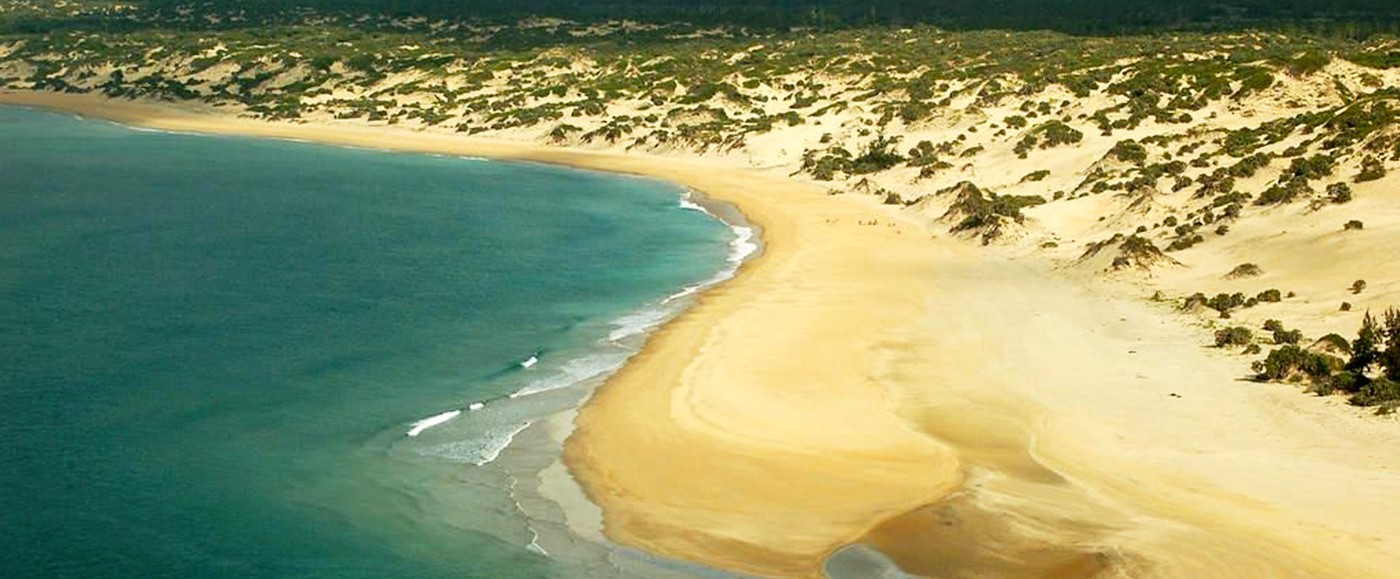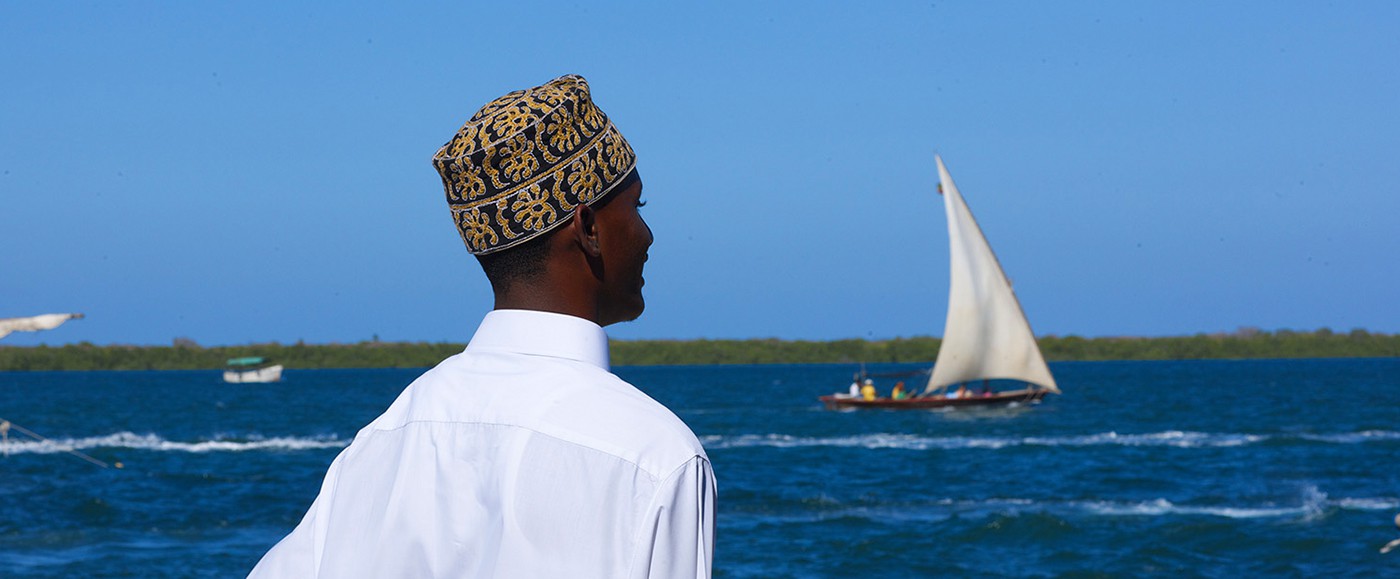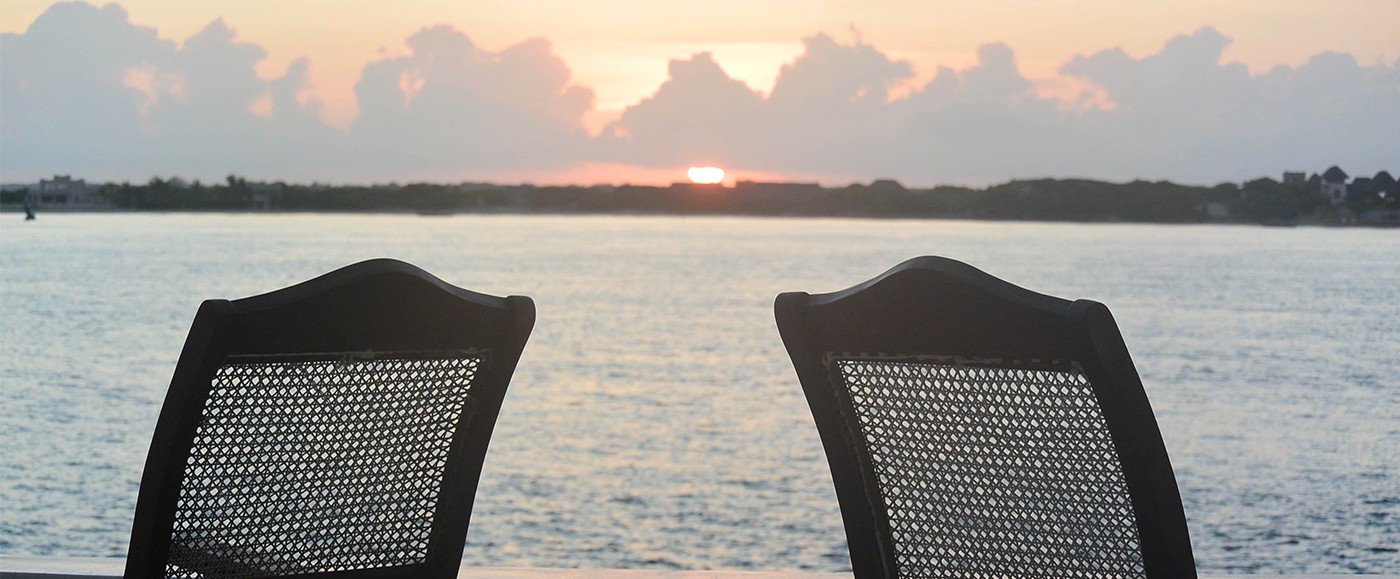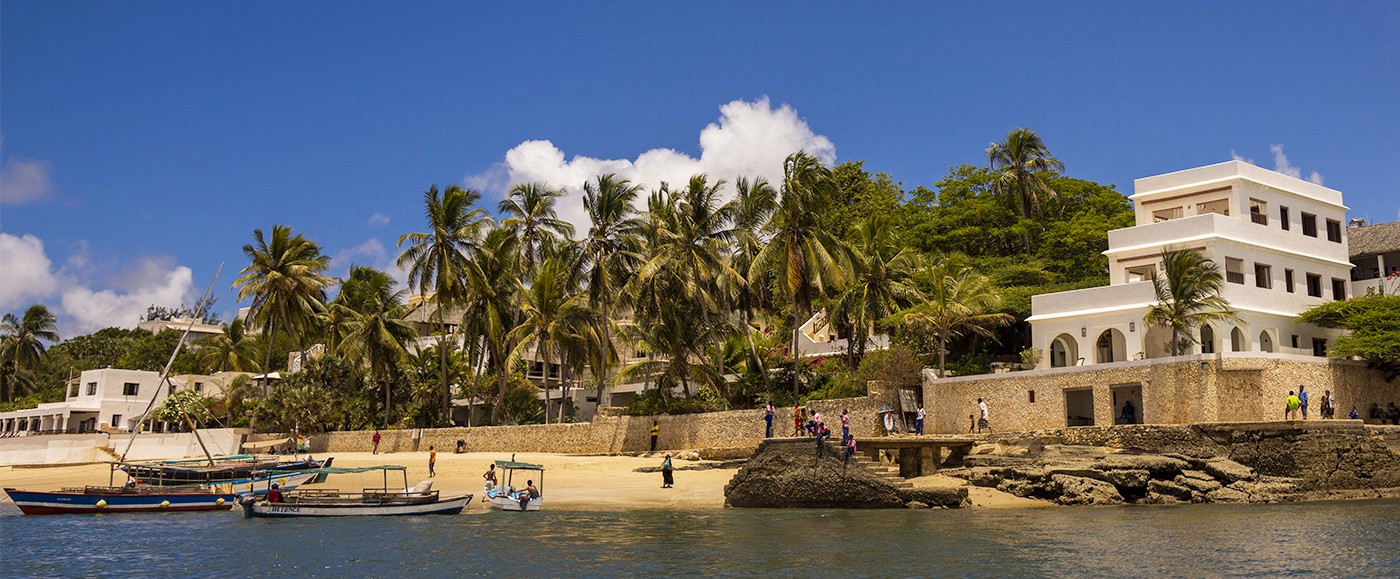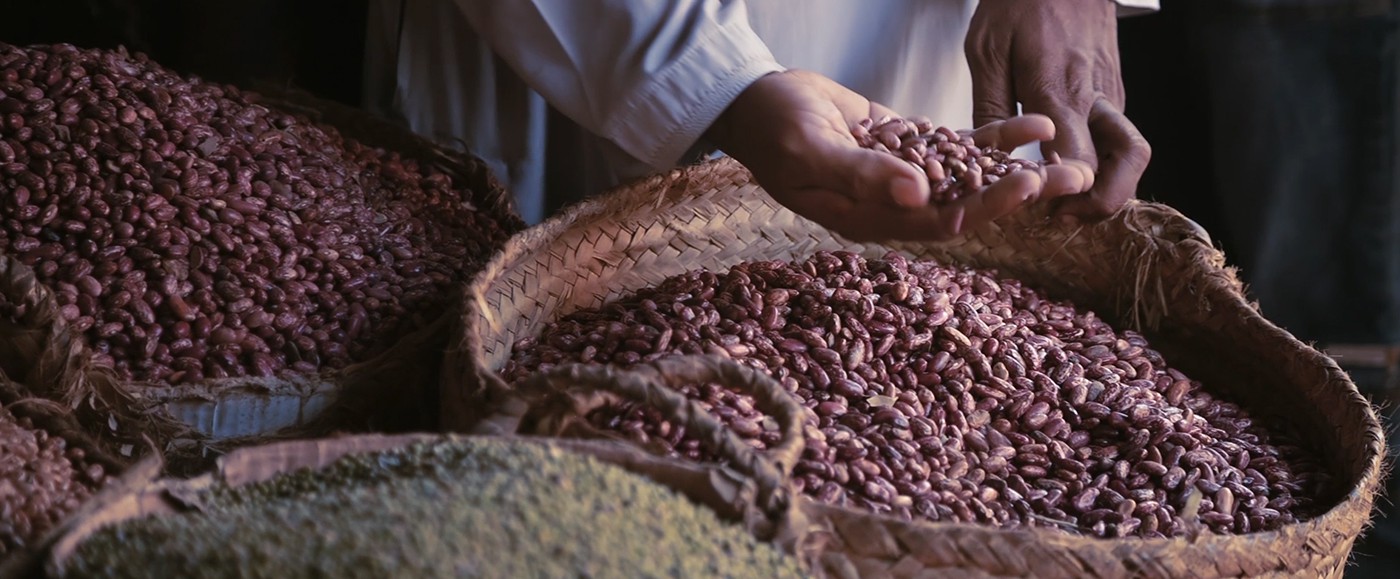Lamu Archipelago, Kenya
A swahili island
The archipelago of Lamu consists of a small group of islands off the east coast of Kenya, 250 km north of Mombasa and 470 km south of Nairobi. The archipelago is made up chiefly of Lamu, Manda, Pate and Kiwayu islands.
The coast that faces the mainland, to the north, is covered with mangrove, while the 12 km of beach extending from Forodhani House to the south-western tip of the island is deserted, lined with coconut palms, bougainvillea and undulating, expansive dunes of pristine white sand.
AN ISLAND TOTALLY PRESERVED
Lamu and Shella, the fishing village where our beach house Forodhani House is located, still offer today examples of what life in the eighteenth century was like. Built of coral stone and mangrove timber, tall houses rise above the narrow streets made of sand. No cars, no scooters, only donkeys and people move around in this maze of tiny streets.
Shella is known as the home of the most beautiful white sandy beaches of the archipelago.
A LOCAL CULTURE THAT IS OPEN AND WELCOMING
Swahili is the culture shared by the people of the East Coast of Africa. The term comes from the plural of the Arabic word sahel ساحل: sahil meaning coast or border. These peoples have diverse backgrounds but share the same characteristics, a Bantu population of African origin with Arab influences and to a lesser extent Persian.
The Archipelagos of Lamu, Zanzibar, the Comoros, Kilwa, the coastal city-state Mombasa, Gede, Malindi, formed a thriving unit Swahili culture, making a living from trading African commodities with domestic and Eastern markets.
It is primarily an urban culture, both African and Muslim, where hospitality and openness are all around. Today, Swahili is spoken by almost all of Eastern and Southern Africa. It is the common link between the peoples of this part of the world who still carry the same values, a warm reception that will never fails to touch ones heart.
As we say here, "Karibu Saana” you are most very welcome!

